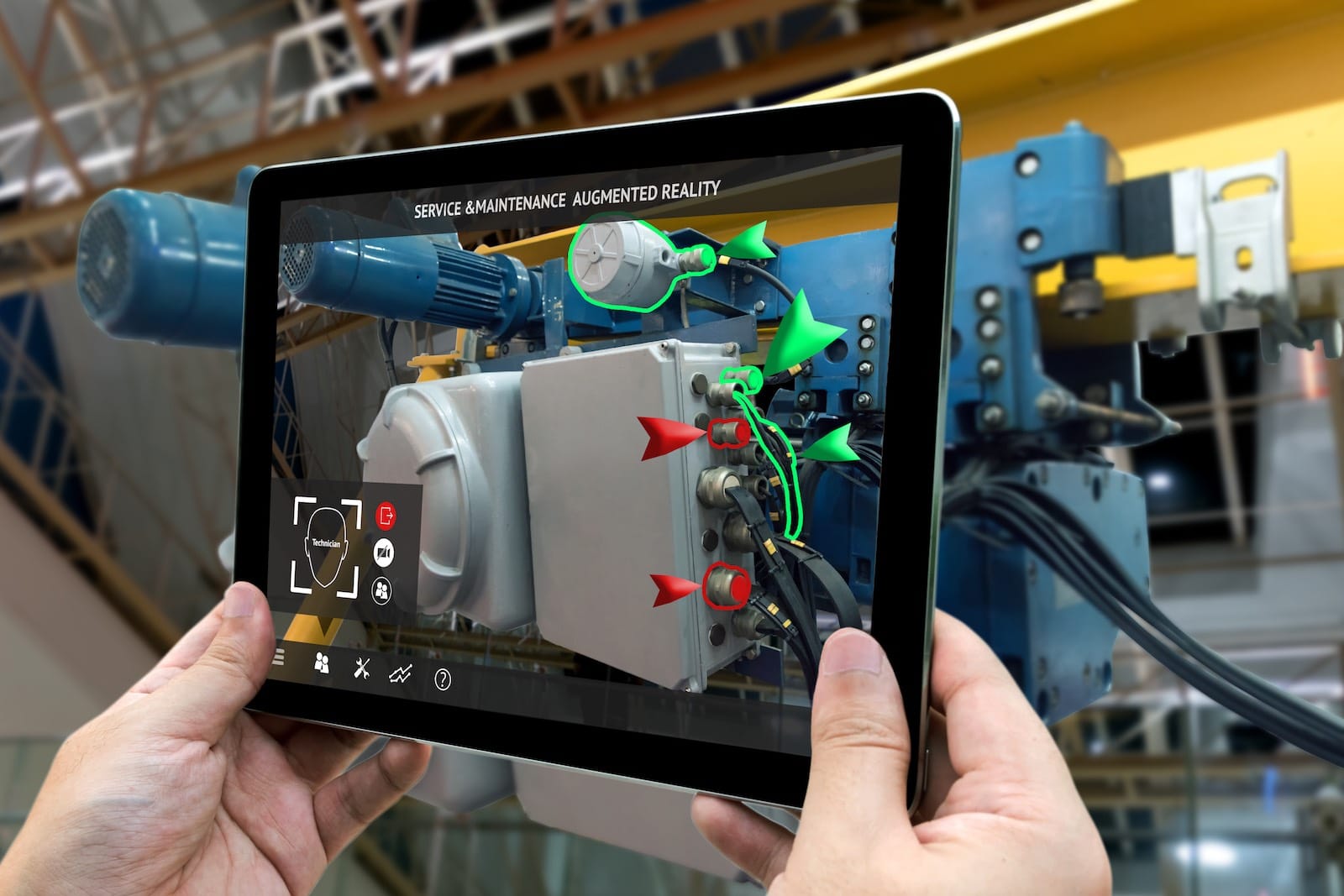
Introduction
In today’s rapidly evolving technological landscape, augmented reality (AR) has emerged as a powerful tool with immense potential for various industries. Within the realm of building maintenance and management, AR holds great promise in revolutionizing traditional approaches to tasks and enhancing overall efficiency. This article delves into the importance and relevance of AR in building maintenance, exploring its potential benefits and applications.
Historical Background
Augmented reality technology has witnessed significant advancements over the years. The concept originated in the 1960s, but it was not until the 1990s that it started gaining traction with the development of wearable displays. Since then, AR has evolved to encompass various applications, including entertainment, education, and healthcare. However, its potential in building maintenance has only recently been realized. Early adopters of AR in this field have demonstrated its effectiveness in improving maintenance processes and outcomes.
Key Concepts and Definitions
Before delving into the role of AR in building maintenance, it is essential to understand the key concepts and definitions associated with this topic. Augmented reality refers to the technology that overlays computer-generated content onto the real world, enhancing the user’s perception and interaction with their environment. It differs from virtual reality (VR), which creates entirely immersive virtual environments. Building maintenance encompasses a range of activities aimed at preserving the functionality, safety, and aesthetics of a building. Key terms such as 3D visualization, data integration, and remote assistance are essential in understanding how AR can transform building maintenance practices.

Main Discussion Points
Improved Efficiency and Accuracy in Maintenance Tasks
One of the primary benefits of incorporating AR into building maintenance is its ability to enhance the efficiency and accuracy of various tasks. By using AR devices, maintenance personnel can access real-time data visualization, step-by-step instructions, and remote assistance. This allows them to quickly identify and diagnose issues, reducing the time required for repairs and inspections. The ability to overlay virtual elements onto physical equipment or structures provides a comprehensive view of the maintenance task at hand, enabling precise and efficient execution.
Enhancing Safety and Training
Safety is paramount in any maintenance operation, and AR can play a crucial role in improving workplace safety. By providing virtual training simulations, AR allows maintenance personnel to practice complex tasks in a controlled environment, reducing the risk of accidents during real-life operations. Additionally, AR can facilitate real-time hazard detection, alerting workers to potential dangers in their surroundings. The integration of AR into training programs can enhance worker competency, reduce errors, and mitigate risks associated with maintenance tasks.
Streamlining Communication and Collaboration
Effective communication and collaboration are vital for successful building maintenance. AR offers a range of tools and features that simplify these processes, bridging the gap between different stakeholders. Maintenance teams, contractors, and building managers can use AR to share real-time data, collaborate remotely, and integrate information seamlessly with existing building management systems. By streamlining communication, AR eliminates misunderstandings, reduces delays, and enhances overall coordination, leading to more efficient and effective maintenance operations.

Case Studies or Examples
Numerous real-world examples illustrate the successful implementation of AR in building maintenance. For instance, a multinational construction and engineering company utilized AR headsets to improve the accuracy and efficiency of equipment repairs. By overlaying virtual instructions onto physical machinery, maintenance personnel were able to perform tasks with greater precision and reduced downtime. Another example involves the use of AR in facility management, where building managers can visualize and access maintenance data in real-time, improving decision-making and resource allocation.
Current Trends or Developments
The field of AR in building maintenance is continuously evolving, with numerous trends and developments shaping its future. Recent research focuses on enhancing user interfaces and developing more intuitive AR devices that integrate seamlessly into existing workflows. Additionally, advancements in AI and machine learning are enabling AR systems to analyze and interpret maintenance data, providing proactive suggestions for preventive maintenance. Industry initiatives are also driving the adoption of AR, with collaborative platforms and standards being developed to ensure interoperability and scalability.

Challenges or Controversies
While the potential of AR in building maintenance is vast, several challenges and controversies need to be addressed. Cost is a significant consideration, as implementing AR technologies can require substantial investments in hardware, software, and training. Data security is another concern, as AR systems may interact with sensitive information about buildings and infrastructure. Moreover, the resistance to change among maintenance personnel and stakeholders can impede the adoption and integration of AR into existing workflows.
Future Outlook
The future of AR in building maintenance is promising, with several potential advancements and opportunities on the horizon. As AR devices become more affordable and user-friendly, their adoption is expected to increase, resulting in widespread integration into maintenance practices. Advancements in AR technology, such as improved tracking capabilities and enhanced visualizations, will facilitate more accurate and efficient maintenance operations. Furthermore, the integration of AR with other emerging technologies, such as the Internet of Things (IoT), will further enhance the capabilities and impact of AR in building maintenance.
Conclusion
In conclusion, the role of augmented reality in building maintenance is significant and transformative. By improving efficiency, enhancing safety, streamlining communication, and providing real-time data visualization, AR has the potential to revolutionize traditional maintenance practices. The successful implementation of AR in real-world projects and the continuous advancements in technology highlight the bright future of AR in this field. As building maintenance evolves, the integration of AR is poised to become an essential tool for industry professionals, enabling them to achieve higher levels of productivity and effectiveness.




